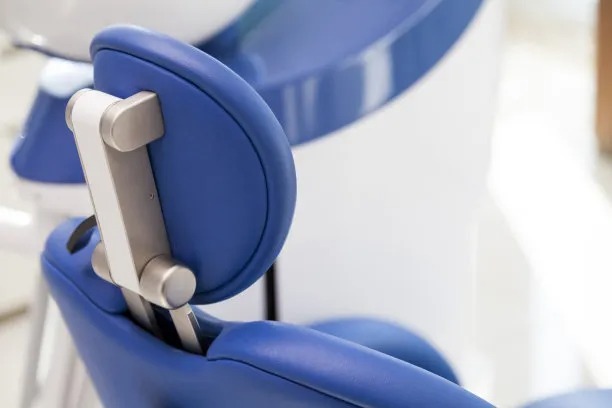The Essential Guide to Extracting a Tooth Safely and Effectively in Dental Care
Summary: Extracting a tooth may be necessary for various dental issues, but it requires careful consideration and preparation to ensure safety and effectiveness. This article serves as a comprehensive guide to understanding the critical aspects of tooth extraction in dental care. We will explore the significance of proper diagnosis and evaluation, the extraction procedures and techniques used, post-extraction care, and when to seek professional help. By following this guide, both patients and dental professionals can navigate the tooth extraction process with confidence, minimizing discomfort and promoting recovery.
1. Importance of Proper Diagnosis and Evaluation

Before any tooth extraction, a thorough diagnosis is paramount. Dentists must conduct comprehensive examinations, including dental X-rays, to assess the condition of the tooth and surrounding structures. Identifying the root cause of dental issues—be it decay, infection, or crowding—helps determine whether extraction is necessary or if other treatments may be more appropriate.
Furthermore, understanding the patients medical history is crucial. Certain health conditions and medications can affect the extraction process and recovery. For instance, patients with bleeding disorders or those on anticoagulants need special considerations to avoid complications during and after the procedure.
Finally, effective communication between the dentist and patient aids in setting realistic expectations. Discussing the procedure, potential risks, and recovery timeline can alleviate anxiety and ensure patients are well-informed throughout the process.
2. Techniques and Procedures for Tooth Extraction
Tooth extraction can be categorized into two main types: simple and surgical extractions. A simple extraction is performed on visible teeth using local anesthesia, where the dentist accesses the tooth directly and removes it with forceps. This straightforward approach is suitable for teeth that are easily accessible and have a straightforward root structure.
In contrast, surgical extractions are necessary for teeth that are not easily accessible, such as impacted wisdom teeth. This procedure involves incisions in the gum tissue and may require sedation. The dentist or oral surgeon carefully removes the tooth along with any surrounding bone structure if needed. Understanding the appropriate technique is crucial for ensuring a successful outcome.
In both methods, the dentist must maintain a sterile environment to prevent infection. Instruments are meticulously cleaned, and there are protocols in place to manage blood flow and prevent excessive bleeding during extraction. Proper technique is paramount to minimize discomfort and expedite recovery.
3. Post-Extraction Care for Optimal Recovery
Post-extraction care is a vital component of the tooth extraction process. After the procedure, patients are often advised to rest and avoid strenuous activities for a few days. Keeping the head elevated and applying ice packs can help reduce swelling and discomfort. Additionally, patients should be aware of the prescribed aftercare instructions to promote healing and prevent complications.
Following the extraction, it is essential to manage pain effectively. Dentists may recommend over-the-counter pain relievers or prescribe medication to alleviate discomfort. Staying hydrated and eating soft foods can make the recovery period more comfortable, while avoiding hot, spicy, or hard foods is advised until the site fully heals.
Monitoring for any signs of complications is equally important. Patients should watch for excessive bleeding, swelling, or signs of infection, such as fever or increasing pain. If any concerning symptoms arise, seeking professional help promptly can prevent further issues and ensure a smooth recovery.
4. Recognizing When to Seek Professional Help
While many tooth extractions proceed without complications, it is crucial to recognize when professional help is necessary. If the initial pain persists beyond the expected recovery period or intensifies, it could indicate an issue such as dry socket or infection that requires immediate intervention from a dental professional.
Additionally, if patients experience prolonged bleeding or swelling that does not subside after a few days, they should not hesitate to contact their dentist. Effective communication about symptoms can facilitate timely assessments, ensuring any complications are addressed to safeguard the patients health.
Furthermore, patients should feel comfortable discussing their concerns and questions with their dentist. Establishing a good rapport fosters trust and encourages patients to seek help without hesitation, ensuring their overall dental health is prioritized post-extraction.
Summary:
In conclusion, extracting a tooth safely and effectively requires a comprehensive approach that encompasses proper diagnosis, appropriate techniques, diligent post-extraction care, and awareness of when to seek help. By adhering to these guidelines, patients can navigate the extraction process with greater confidence and comfort. Ultimately, prioritizing dental health and following professional recommendations contributes significantly to a smoother recovery.
This article is compiled by Vickong Dental and the content is for reference only



